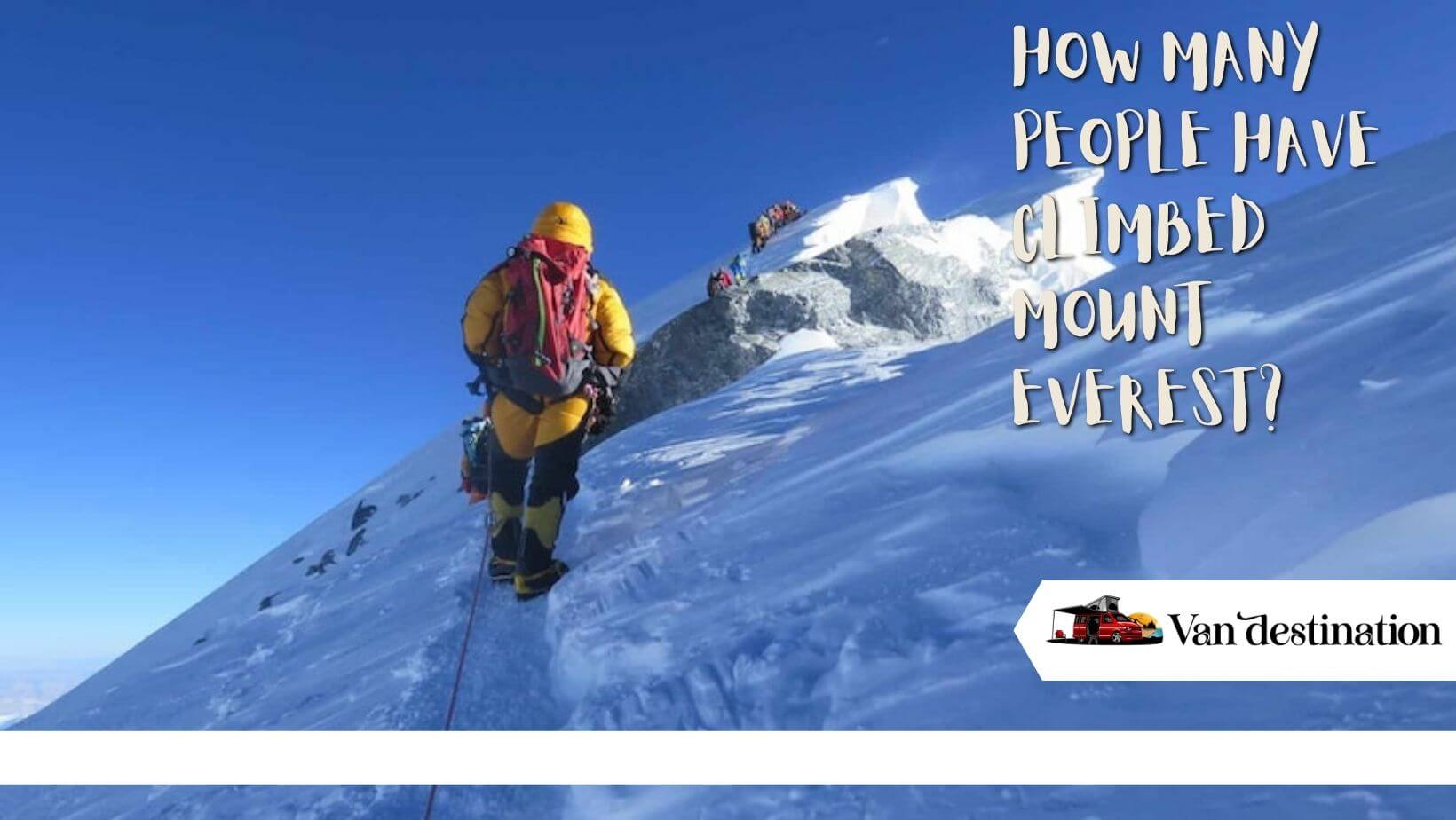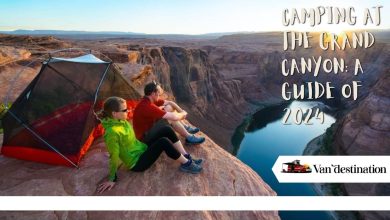How Many People Have Climbed Mount Everest?

Have you ever wondered how many people have climbed Mount Everest, the world’s highest peak? Let’s delve into this exhilarating journey through time, conquests, and survival against the odds.
Brief History of Everest Ascents
Our story begins in the early 20th century when British expeditions tried to conquer the 29,031 ft behemoth without success.
It was not until 1953 when the New Zealand mountaineer Sir Edmund Hillary and Nepalese Sherpa Tenzing Norgay made the first successful ascent. Their triumph turned a new page in the history of mountaineering.
Why Climb Everest?
“Because it’s there,” responded George Mallory when asked why he wanted to climb Everest. Indeed, the appeal lies in personal achievement, the challenge, and the thrill of standing on the ‘roof of the world’.
Also Read: Can I Climb Mount Everest With No Experience
Counting the Climbers
Factors Affecting Climber Numbers
Counting the climbers has numerous factors affecting climber numbers. It’s a bit tricky to calculate the exact number of Everest climbers. Reasons range from repeating ascents, the use of different routes, and lack of consistent record-keeping in the early years.
Variation in Numbers Over the Years
Another factor that affects counting the climber is the variation in number over the years. As of 2021, it’s estimated that over 4,000 individuals have successfully climbed Mount Everest. The number continues to rise as more people take on this audacious challenge.
Risks of Climbing Everest
Common Risks and Dangers
In risks of climbing Everest the most common risk and danger is the path to Everest’s summit is fraught with dangers like avalanches, extreme weather, altitude sickness, and the infamous ‘death zone’ above 26,000 ft.
Casualty Statistics
Despite the risks, the allure of Everest persists. However, over 300 people have lost their lives in their quest for the summit, a somber reminder of the mountain’s ruthlessness.
The Impact of Everest Climbing on Local Communities
Economic Impact
There is a number of impacts of Everest climbing on local communities. The local economy benefits from Everest expeditions. Thousands of jobs have been created in guiding services, lodges, and other related services.
Environmental Impact
However, the environmental cost is significant. Debris and pollution left by climbers are a major concern for conservation efforts.
Recent Trends
Impact of Technology on Climbing
The impact of technology on climbing is Advancements in climbing gear and weather forecasting have made it somewhat safer and more accessible for climbers.
Effect of Climate Change on Climbing
Climate change is making future climbs uncertain with increasing dangers from melting glaciers and unpredictable weather patterns.
Conclusion
The question, “How many people have climbed Mount Everest?” is more than just a number. It’s a tale of human spirit, ambition, and endurance against one of nature’s toughest challenges. There are a number of factors that are must look after when you decide to climb Mount Everest which are discussed in detail above heads that makes your trip more safely.
Also Read: I Want To Climb Mount Everest Where Do I Start
FAQs
When is the best time to climb Everest?
The pre-monsoon (spring) and post-monsoon (autumn) are the best seasons to climb Everest.
Who was the youngest person to climb Everest?
American Jordan Romero holds the record for being the youngest to summit Everest at age 13 in 2010.
Has anyone climbed Everest without oxygen?
Yes, the first person to climb Everest without supplementary oxygen was Reinhold Messner in 1978.
What is the success rate for climbing Everest?
The success rate varies but it’s approximately 60% according to recent data.
How long does it take to climb Everest?
Typically, a round-trip expedition can take around two months.



